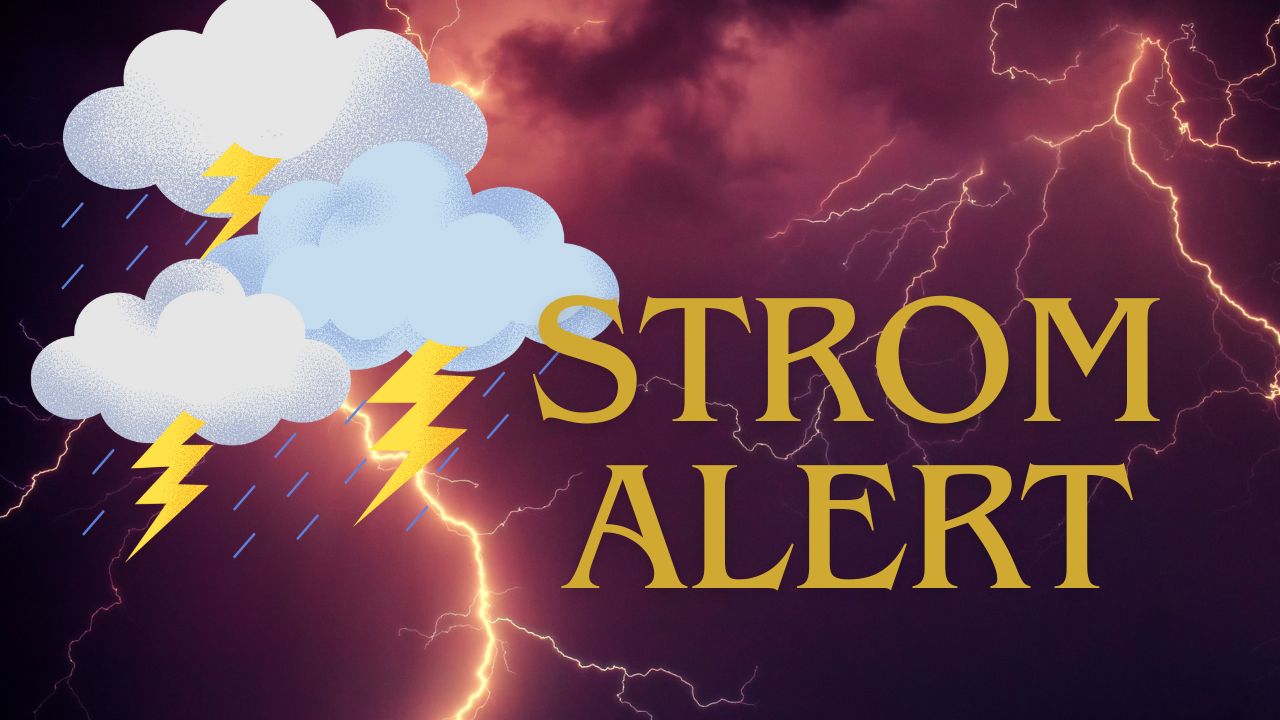Fairbanks, Alaska – A Winter Storm Watch has been issued for the Western Arctic Plains and Howard Pass, with freezing rain forecasted to coat the region in up to a quarter inch of ice from late Wednesday night through Thursday evening.
Expected Ice Accumulation
According to the National Weather Service in Fairbanks, residents in Howard Pass, Umiat, and the Delong Mountains could see ice totals between one-tenth and one-quarter of an inch. The most significant icing is predicted along the northern slopes of the Northwestern Brooks Range and spreading into the Western Arctic Coastal Plains.
Potential Impact on Roads and Communities
Officials warn that this level of icing could lead to slick, hazardous travel conditions, particularly on the northern stretch of the Dalton Highway. By Thursday, ice coverage may extend eastward toward Nuiqsut and Prudhoe Bay, raising concerns for both travelers and nearby communities.
“Icy conditions could make roads treacherous and increase the risk of power outages in isolated areas,” officials cautioned.
Risks of Power Outages
The accumulation of ice carries the potential to weigh down power lines and trees, resulting in outages. Remote villages in the region could face extended disruptions, highlighting the importance of backup heat sources and charged devices in case of power loss.
Safety Guidance from Authorities
Residents and travelers are urged to take precautions:
- Delay travel plans if possible until conditions improve.
- If driving, allow extra travel time and reduce speed.
- Exercise caution on bridges and elevated surfaces, which ice over first.
- Keep emergency supplies on hand, including food, water, and alternative heating.
Timeline of the Storm Watch
- Wednesday Night: Freezing rain begins in western Arctic zones.
- Thursday Morning–Evening: Heaviest ice expected across Howard Pass and nearby mountain areas.
- Thursday Evening: Watch remains in effect; additional advisories possible.
Background: Arctic Storm Challenges
Winter weather events in Alaska’s Arctic often bring unique risks. Freezing rain is particularly hazardous because it coats surfaces in a thin glaze of ice, making even short trips dangerous. Combined with sub-zero temperatures and limited daylight, storm recovery in these remote regions can take longer compared to more accessible parts of the state.
Conclusion
As ice accumulates across Alaska’s Western Arctic, residents and travelers are being urged to stay vigilant and prepared. The Winter Storm Watch remains in effect through Thursday evening, with the possibility of further advisories as confidence in ice totals grows.
What do you think of this weather threat? Share your thoughts in the comments below.




